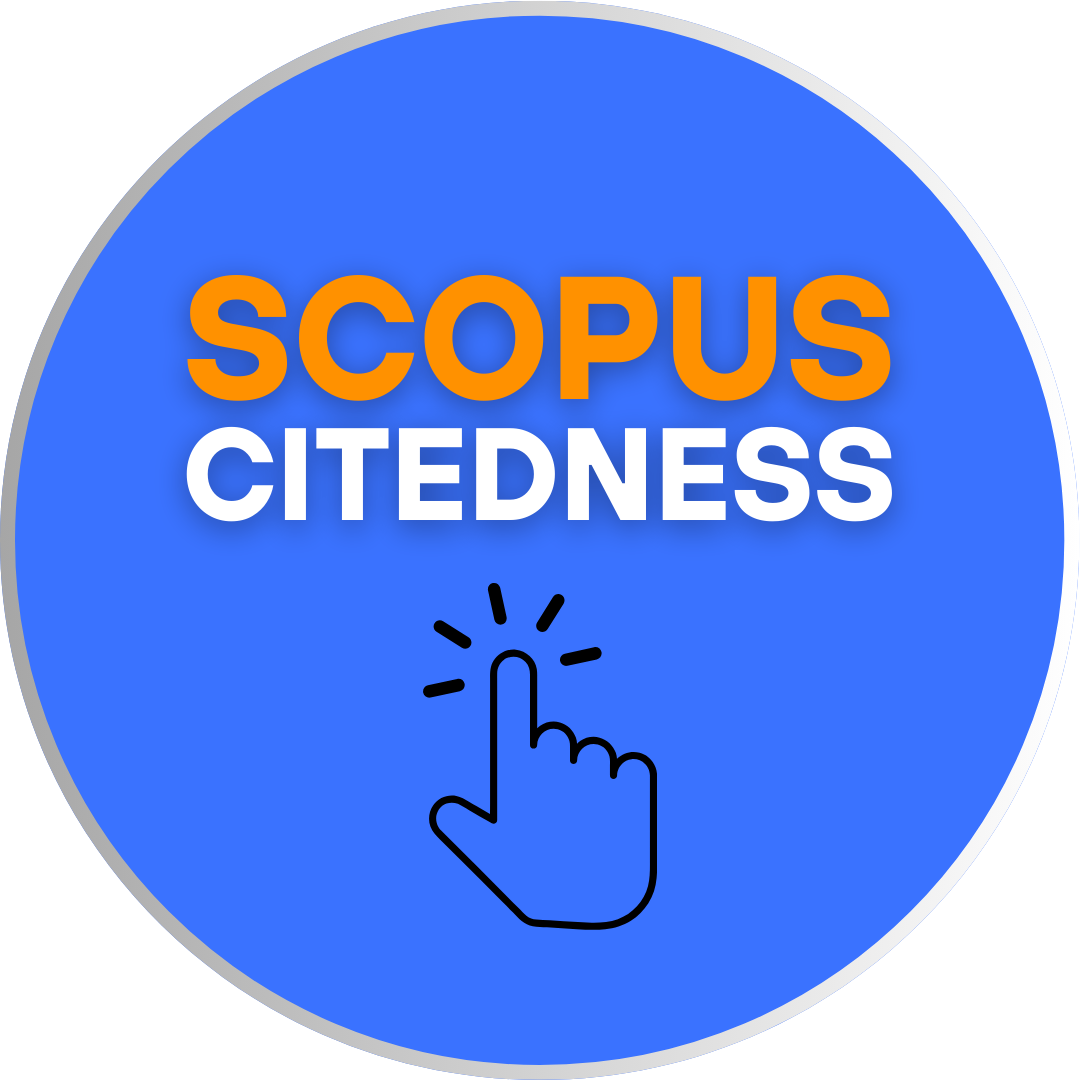GIFTEDNESS AND GIFTED EDUCATION (An Overview)
DOI:
https://doi.org/10.18592/let.v3i1.1385Keywords:
Giftedness, gift, educationAbstract
Aceh has great talents and prodigy who need intervention. Talking about these talents should start with understanding them as a whole, who they really are, how can we identify them, how can we best serve them for their best potential growth. Designing the programs that best suit them become the next step after carefully selecting them. Later, we need to formulate special programs, special schools, special human resource who will work with them to boost these prodigies’ abilities. Failing to do so will only result in undermining and downgrading their ability instead of doing them a favor. It is highly recommended that government start tapping into this as early as possible for maximum result. In this short article, I also present on how government should work with these talents and prodigies by carefully selecting them. Selection process will later base the whole programs and determine its success. Different approach and interventions are presented here as option and ways to be taken and considered for best result possible. These approaches are not the only solution to be considered. There should be more out there that government should also consider. Last aspect, but not least, is developing human resources who will teach them. Teachers must be carefully selected and trained so that they can understand and are able to pace up and formulate the curriculum that best serve their students’ need.References
Assouline, S. and Lupkowski-Shoplik, A. (2005). Developing Math Talent: A Guide for Educating Gifted And Advanced Learners in Math. Waco, TX: Prufrock Press .
Marland, J. (1982). Hochintelligente kreativ begaben. LIT-Verlag Muenster, Hamburg 1982 (Application of the High/Scope Approach and Renzulli's Enrichment Triad Model to a German Summer Camp for the Gifted)
Davidson, Jan and Bob, with Vanderkam, Laura (2004). Genius Denied: How to Stop Wasting Our Brightest Young Minds. New York, NY: Simon and Schuster.
Janos & Robinson. (1985). Education of the gifted and talented (2nd ed.). Englewood Cliffs, NJ: Prentice Hall.
Dabrowski, K., Kawczak, A., Sochanska, J. (1973). The Dynamics of Concepts. Gryf Publications, London.
Dabrowski, K. (1967). Personality Shaping Through Positive Disintegration. Little, Brown & Co. Boston.
NN. (1964). Positive Disintegration. Little, Brown & Co. Boston.
NN. (1996). Multilevelness of Emotional and Instinctive Functions. KUL, Lublin.
Maker, J. (1982). Talent development: Theories and practice. Dubuque, IA: Kendall Hunt.
Johnsen, S. (1999, November/ December). The top 10 events in gifted education. Gifted Child Today, 22(6), 7.
Kulik JA. An Analysis of the Research on Ability Grouping: Historical and Contemporary Perspectives.
Liotti, G. Disorganized Attachment, Models of Borderline States and Evolutionary Psychotherapy. In: Gilbert, P., Bailey, K. (eds). (2000). Genes on The Couch. Explorations in Evolutionary Psychotherapy. Taylor and Francis, Philadelphia, PA.
Newland, T. (1976). The gifted in historical perspective. Englewood Cliffs, NJ: Prentice Hall.
Piirto, J. (1999). Talented adults and children: Their development and education (3rd ed.). Waco, TX,: Prufrock Press.
Rogers, Karen B. (2002). Re-forming Gifted Education:How Parents and Teachers Can Match the Program to the Child. Scottsdale, AZ: Great Potential Press.
Sriraman, B. & Dahl, B. (2007). On bringing interdisciplinary Ideas to Gifted Education. In press in L.V. Shavinina (Ed). The International Handbook of Giftedness. Springer Science
Winebrenner S, Devlin B 1996. Cluster Grouping of Gifted Students: How to Provide Full-time Services on a Part-time Budget. Search ERIC digests at http://www.eric.ed.gov/.
Winebrenner, Susan. (2001). Teaching Gifted Kids in the Regular Classroom. Minneapolis, MN: Free Spirit Publishing.
Downloads
Published
How to Cite
Issue
Section
License
Authors who publish with this journal agree to the following terms:
- Authors retain copyright and grant the journal right of first publication with the work simultaneously licensed under a Creative Commons Attribution License that allows others to share the work with an acknowledgement of the work's authorship and initial publication in this journal.
- Authors are able to enter into separate, additional contractual arrangements for the non-exclusive distribution of the journal's published version of the work (e.g., post it to an institutional repository or publish it in a book), with an acknowledgement of its initial publication in this journal.
- Authors are permitted and encouraged to post their work online (e.g., in institutional repositories or on their website) prior to and during the submission process, as it can lead to productive exchanges, as well as earlier and greater citation of published work.
LET (LINGUISTICS, LITERATURE, AND LANGUAGE TEACHING) http://jurnal.uin-antasari.ac.id/index.php/let/index licensed under a Creative Commons Attribution 4.0 International License.
















